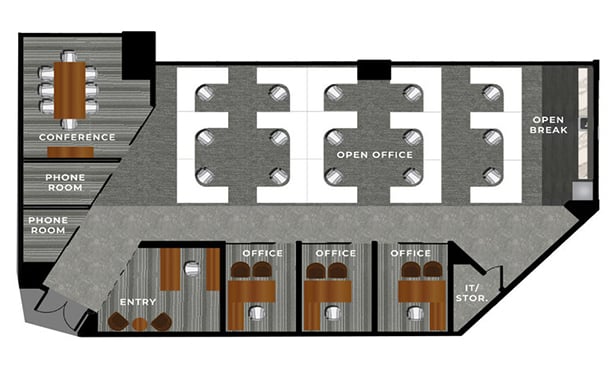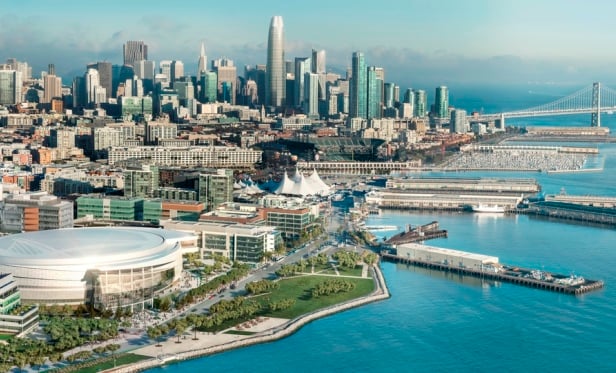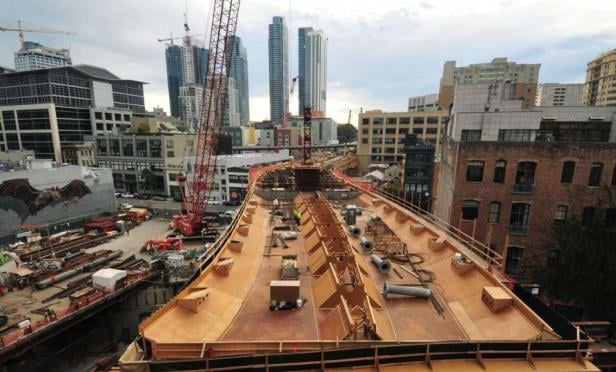JERSEY CITY, NJ—Baby Boomers retiring, aging Millennials rethinking their lodgings in urban settings, and investments in critical infrastructure are key issues affecting commercial real estate investment, says Hoboken Brownstone Company founder George Vallone.
In a recent exclusive interview with GlobeSt.com, Vallone also says infrastructure upgrades are critical to meet future housing and development needs. Vallone commented on issues ranked in the top ten of a recent survey conducted by The Counselors of Real Estate, the global professional association, in which he has been an active member for nearly five years.
Recommended For You
Want to continue reading?
Become a Free ALM Digital Reader.
Once you are an ALM Digital Member, you’ll receive:
- Breaking commercial real estate news and analysis, on-site and via our newsletters and custom alerts
- Educational webcasts, white papers, and ebooks from industry thought leaders
- Critical coverage of the property casualty insurance and financial advisory markets on our other ALM sites, PropertyCasualty360 and ThinkAdvisor
Already have an account? Sign In Now
*May exclude premium content© 2025 ALM Global, LLC, All Rights Reserved. Request academic re-use from www.copyright.com. All other uses, submit a request to [email protected]. For more information visit Asset & Logo Licensing.









